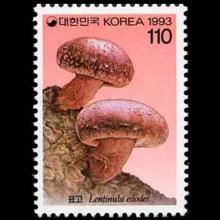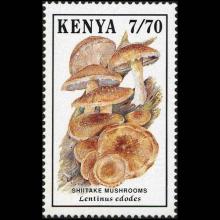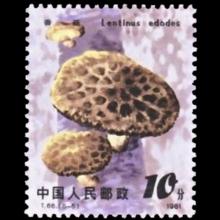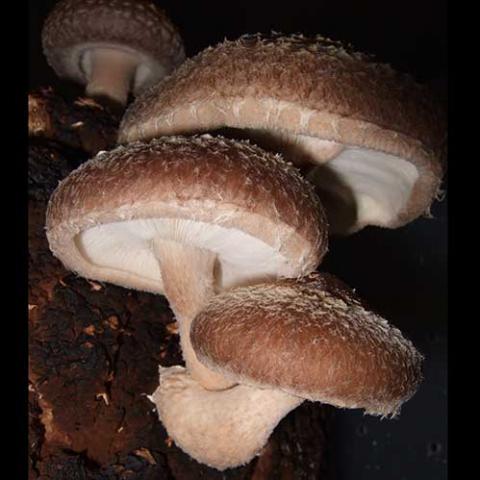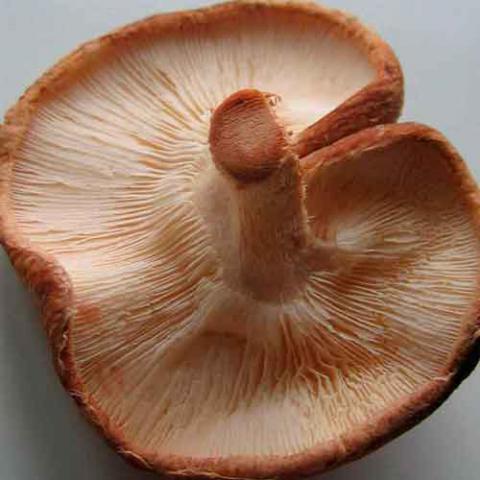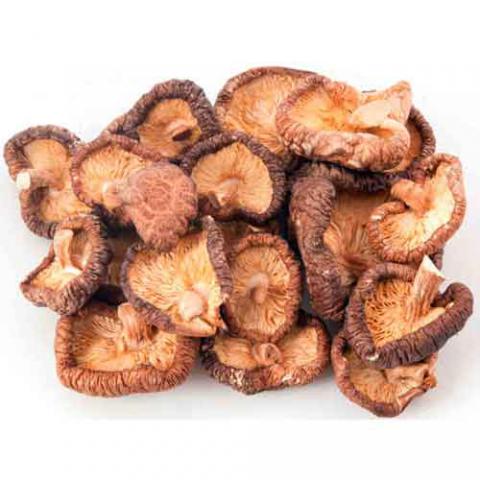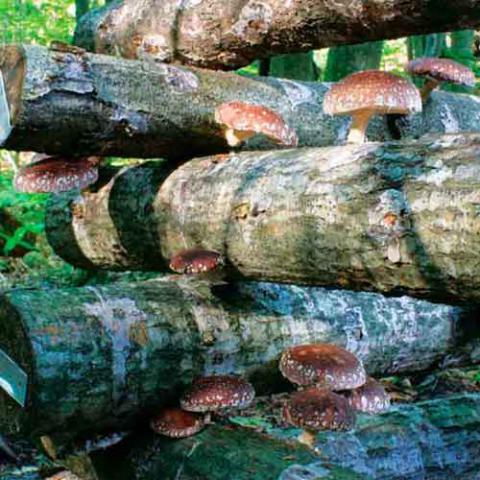NAMES
TAXONOMY
FUNGI ID
THERAPEUTIC
South Korea
Issued:
Stamp:
Lentinula edodes
Kenya
Issued:
Stamp:
Lentinula edodes
China
Issued:
Stamp:
Lentinula edodes
South Korea
Issued:
Stamp:
Lentinula edodes
Kenya
Issued:
Stamp:
Lentinula edodes
China
Issued:
Stamp:
Lentinula edodes
South Korea
Issued:
Stamp:
Lentinula edodes
Kenya
Issued:
Stamp:
Lentinula edodes
China
Issued:
Stamp:
Lentinula edodes
Stimulatory growth effect of lightning strikes applied in the vicinity of shiitake mushroom bed logs
Hiroyuki Shimizu1, Takefumi Hiraguri, Masanori Kimoto1, Kenko Ota1, Takuya Shindo1, Yuki Hoshino and Koichi Takaki, March 18, 2020
Abstract
Since ancient times, the anomalous occurrence of mushrooms has been observed in and around locations struck by lightning. Based on this phenomenon, various cultivation techniques using a high voltage to cultivate shiitake mushroom in bed log (wood) have been proposed. Undoubtedly, the fruiting capacity of shiitake mushrooms is significantly promoted by direct application of a high voltage to the cultivation bed logs. However, mushroom bed logs are rarely struck directly by lightning in the natural environment. Thus, it is important to devise a stimulation method that matches conditions in the natural environment. In this study, we performed experiments involving indirect lightning strikes using a new method that mimics the natural environment as closely as possible. Specifically, we used the electric discharge created by an impulse voltage generator to create lightning but did not apply it directly to the cultivation bed log. Instead, the cultivation bed logs were placed a few meters away from the lightning rod. Subsequently, the fruiting capacity of the shiitake mushrooms with and without the indirect lightning strikes was compared. The experimental results indicated that, with the indirect lightning strikes, the extent of shiitake fruiting almost doubled compared to the case without the indirect lightning strikes. Furthermore, the results confirm that an increased shiitake mushroom production is possible using lightning strikes, even if the associated high voltages are not applied directly to the bed logs.
Genus species (Fungi): Lentinula edodes
Lentinula edodes (Shiitake mushroom) is the world's second most cultivated mushroom (after the button mushroom). This edible mushroom from eastern Asia, mainly China and Japan, is not restricted to just culinary uses, but studies have shown for it to have positive effects on human health as well. With the history of the Shiitake mushroom usage dating back to the Ming Dynasty, it's no wonder its popularity is still existent today.
An interesting thing to note about the Shiitake mushroom and other fungi is that they are more closely related to animals than plants. This close relationship stems from them both being able to store food by synthesizing glycogen. Plants on the other hand synthesize starch. The closest living relatives of fungi are Microsporidia, which are unicellular parasites.
Decomposition
Shiitake mushrooms are classified as a fungus. In order to be considered a fungus the organism must be heterotrophic. This means they do not make their own food. The Shiitake mushroom plays an important role in its environment in decomposing dead organic material. The fungus usually grows on trees that have broad leaves. Lentinula edodes is most commonly found on chestnut trees. White rot and brown rot are two different classifications of decomposing fungi. Lentinula edodes is known as a white rot fungus. White rot fungi are capable of degrading lignin and brown rot fungi are not. When one thinks of digestion they commonly think of it as an internal process. For the Shiitake, and other fungi, food is first digested outside the body. This special type of digestion is known as extracellular digestion. The fungi carry out extracellular digestion because most molecules from their food are too large to diffuse across their plasma membranes.
Environment
The Shiitake have a relationship with the trees they grow on. In order to be considered a saprophyte, the organism must receive nutrients from dead organic material. Decomposition is a very important interaction between the Shiitake and its environment, because it helps to get rid of the bulk of the material from dead trees.
Nutrition
Lentinula edodes is a nutritious and edible fungi. Most people find the mushroom to be more fleshy and have a meaty texture. Yum! Shiitake mushrooms contain all 8 essential amino acids in a higher percentage than in milk, eggs, meat, or soy beans. Many vegetarians consume the Shiitake in place of meat, because it is a good source of protein. Shiitake mushrooms have long been noted for their good benefits in traditional Chinese medicine. They were used to cure colds and increase energy. Recently though, studies have proven for the mushrooms to really be as beneficial as they were long perceived to be. They have been shown to have anti-tumor, antibacterial, anti-cholesterol, antiviral, and immune regulating properties. In medicine, it has been used with HIV positive patients. Shiitakes contain a polysaccharide called lentinan which has been shown to help increase T-cell counts and lower lymphocyte counts. The Shiitake has a fairly good record and has only been shown to cause diarrhea and abdominal bloating.
Miscellaneous Facts
- • Shiitake mushroom production reached 1,322,000 metric tons in 1997 which accounts for over 25% of the world's edible mushrooms... that's a lot of edible fungus!
- • Japan produces over 80% of the world's Shiitake mushrooms.
- • Shiitakes can be pickled.
- • The gills turn yellow-brown when the mushroom cap starts to dry out.
- • The best way to store the Shiitake is to place it in a wooden box and put it in a dark, cold, and dry place.
Reference: Fungi-of-the-month, Wikipedia

